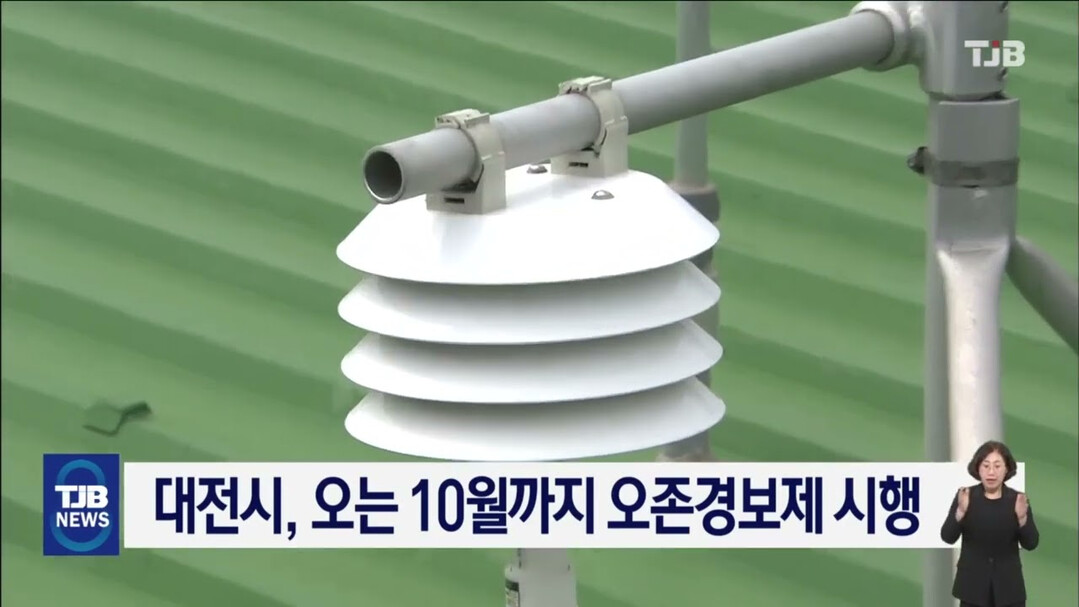Application for alert text message service on city website, ozone concentration check on AirKorea

Daejeon City will implement an ozone alert system from April 1st to October 1st in anticipation of rising atmospheric ozone (O3) concentrations during the summer season due to increasing temperatures.
Ozone is a harmful substance that irritates sensory organs such as the eyes and nose, and long-term exposure at high concentrations can weaken respiratory and lung functions.
Accordingly, the city plans to promptly issue alerts when ozone concentrations exceed standard levels to minimize harm to citizens' health.
Ozone alerts are issued based on the 1-hour average concentration: an ‘advisory’ is issued at 0.12 ppm or higher, an ‘alert’ at 0.3 ppm or higher, and a ‘severe alert’ at 0.5 ppm or higher.
To operate the alert system, Daejeon City will establish ozone alert situation rooms at the City Hall, the Institute of Health and Environment, and each district office. When high concentrations of ozone are observed, alerts will be issued for the entire Daejeon area, divided into the eastern region (Dong-gu, Jung-gu, Daedeok-gu) and the western region (Seo-gu, Yuseong-gu).
When an alert is issued, the situation will be communicated via fax and text message to relevant organizations such as media outlets and schools, as well as to those who have applied for the text message service*. The information will also be promptly announced to citizens through social media and air quality electronic display boards.
City website - Air Pollution Alert Text Guidance - Apply for Air Pollution Alert Text Guidance
Daejeon City is also promoting various measures to reduce ozone. Along with projects to reduce vehicle emissions, such as the distribution of eco-friendly vehicles like electric cars, early retirement of old diesel vehicles, and the installation of diesel particulate filters, the city is also reducing the emission of ozone-generating substances through initiatives like supporting the installation of low-NOx burners and low-NOx boilers for vulnerable households, and providing support for the conversion of gas heat pump air conditioners.
Ozone concentrations are measured in real-time at 11 air pollution monitoring stations within Daejeon, and the measurement results and alert issuance status can be checked by anyone on the AirKorea website (http://www.airkorea.or.kr) or the mobile app (AirKorea).
Meanwhile, Daejeon City issued ozone advisories once each in 2017 and 2018. In 2024, as the alert issuance standard was strengthened from ‘average concentration within the region’ to ‘highest concentration within the region,’ a total of 4 advisories were issued.
Moon Chang-yong, Director of the Environment Bureau of Daejeon City, said, “As summer temperatures rise every year due to climate change, we expect an increase in high-concentration ozone occurrences this year.” He also requested the active cooperation of citizens, saying, “When an ozone advisory is issued, please refrain from outdoor activities, and if you must go out, please use public transportation.”
[Copyright (c) Global Economic Times. All Rights Reserved.]






























